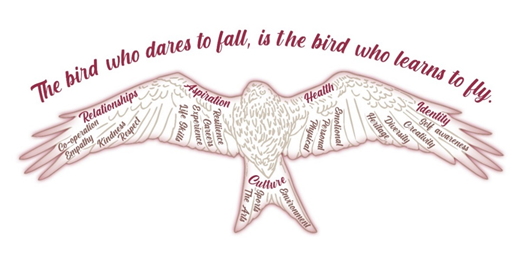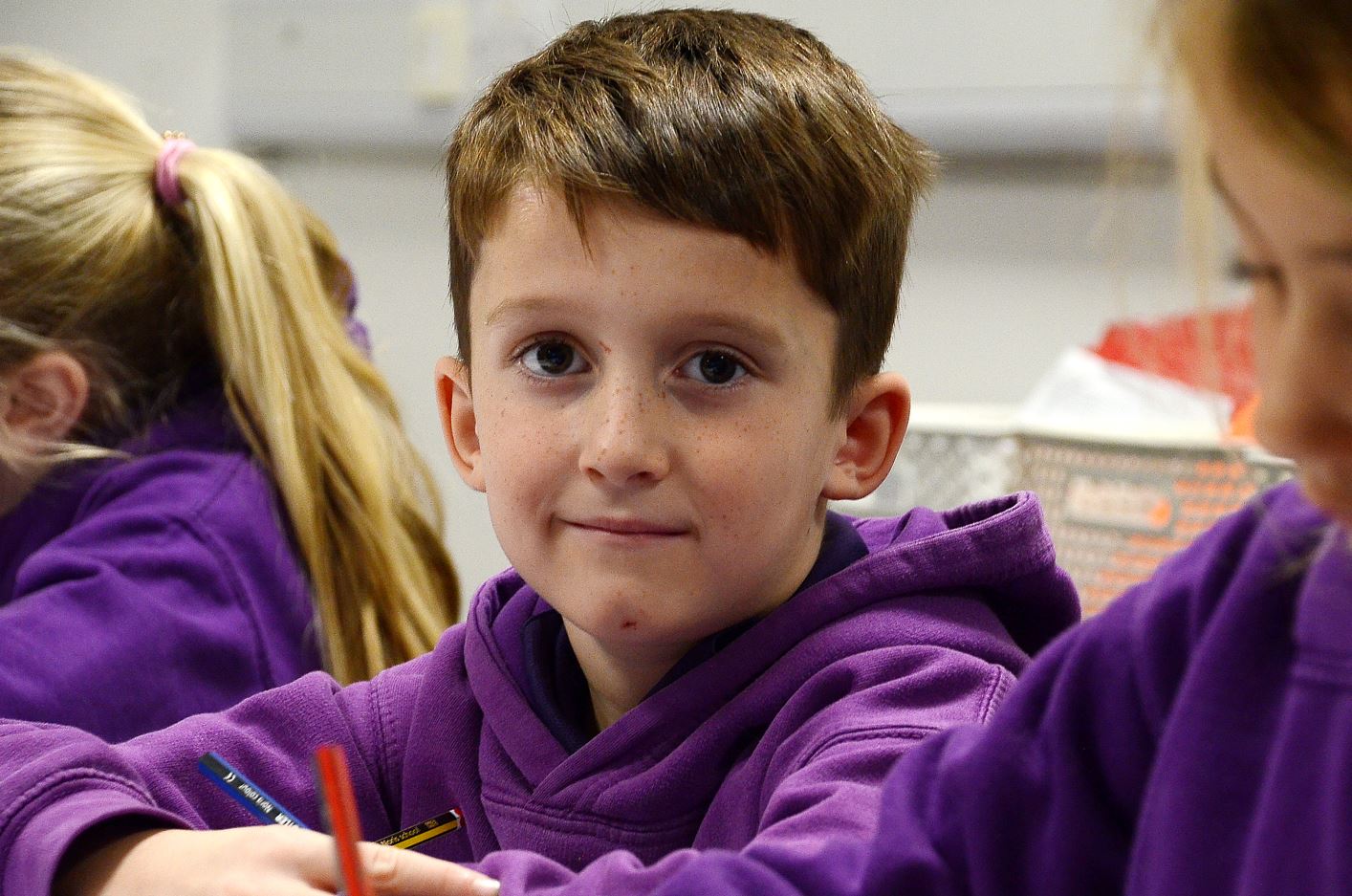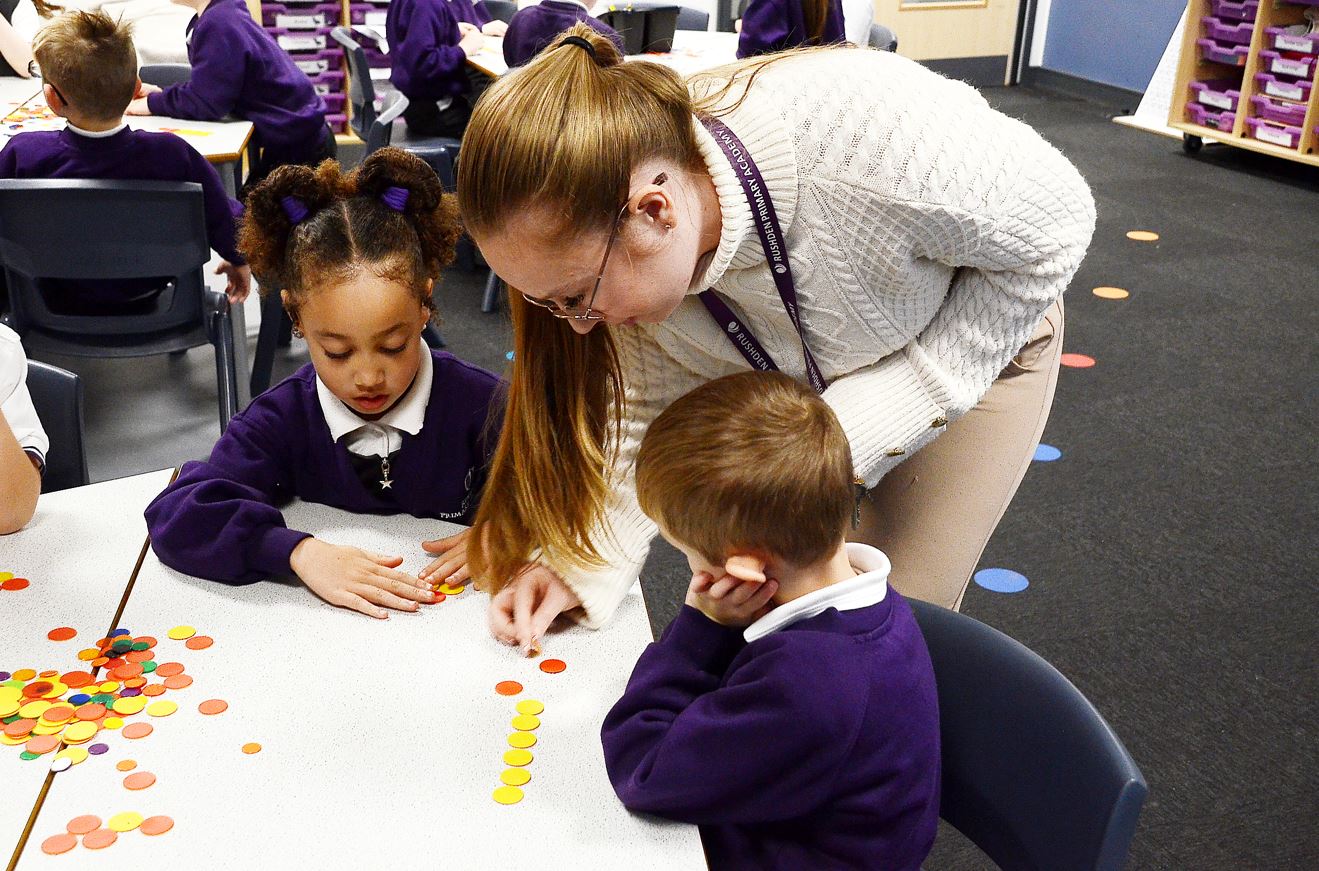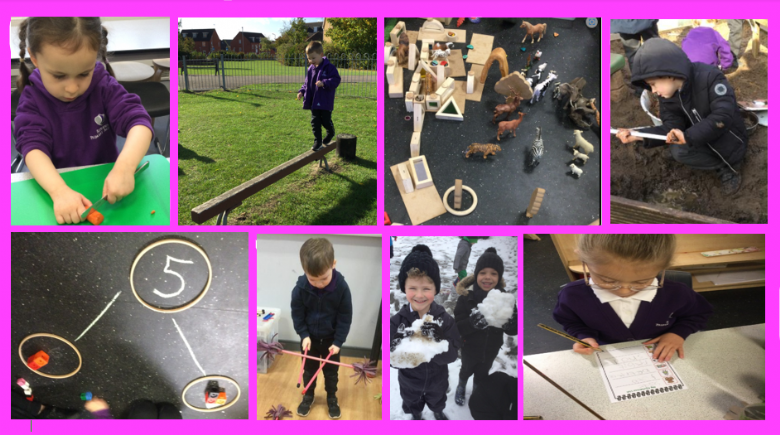EYFS: It all starts in Early Years!

Our EYFS Lead is Kim Nelson.
Our aim is to ensure children begin their school journey feeling safe and happy. Throughout the year we will encourage a love for learning and spark their curiosity.
In the Early Years Foundation Stage (EYFS) children follow the EYFS framework. There are seven areas of learning. All these areas of learning are important and inter-connected. Three areas are particularly crucial for igniting children’s curiosity and enthusiasm for learning, and for building their capacity to learn, form relationships and thrive. These three areas, the prime areas, are:
- Communication and language
- Physical development
- Personal, social and emotional development.
Children are also taught in four specific areas, through which the three prime areas are strengthened and applied. The specific areas are:
- Literacy
- Mathematics
- Understanding the world
- Expressive arts and design.
In planning and guiding children’s activities, staff reflect on the different ways that children learn and reflect these in their practice. Three characteristics of effective teaching and learning are:
- Playing and exploring - children investigate and experience things, and ‘have a go’
- Active learning - children concentrate and keep on trying if they encounter difficulties, and enjoy achievements
- Creating and thinking critically - children have and develop their own ideas, make links between ideas, and develop strategies for doing things.
Each area of learning and development is taught through planned, purposeful play and through a mix of adult-led and child-initiated activity. Play is essential for children’s development, building their confidence as they learn to explore, to think about problems, and relate to others. Children learn by leading their own play, and by taking part in play which is guided by adults. Activities are planned for, taking account of the children’s interests where possible.
Assessment plays an important part in helping staff and parents to recognise children’s progress, understand their needs, and to plan activities and support. On-going assessment is an integral part of the learning and development process. It involves staff observing children to understand their level of achievement, interests and learning styles, and to then shape learning experiences for each child reflecting those observations.
At the end of the year children are assessed against the Early Learning Goals. This is reported to parents in the annual end of year report. A child who has achieved at least ‘Expected’ in all of the Prime Areas as well as Literacy and Mathematics is classed as having a ‘Good Level of Development’.



